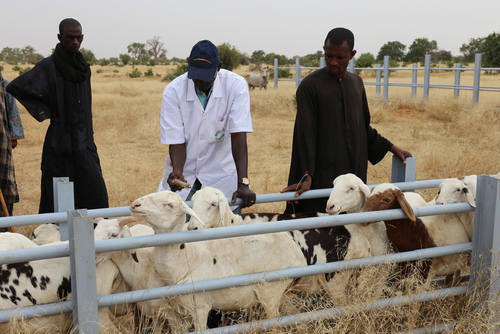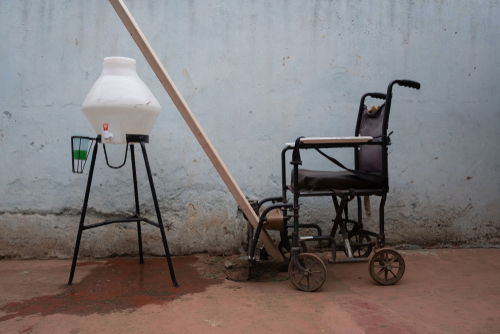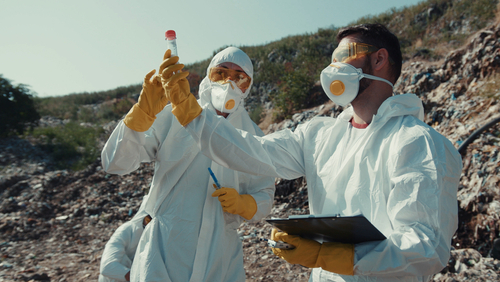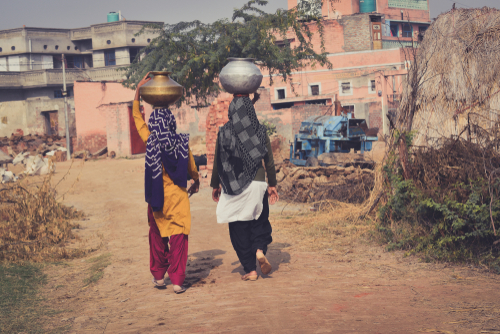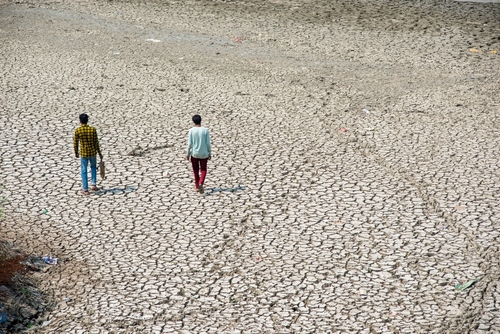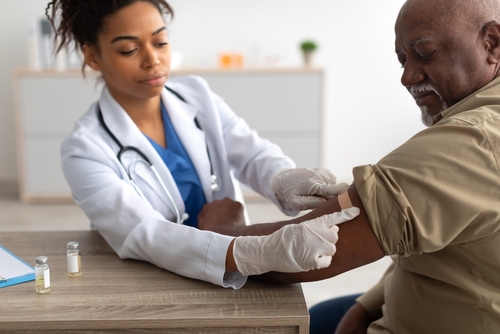November 08, 2023
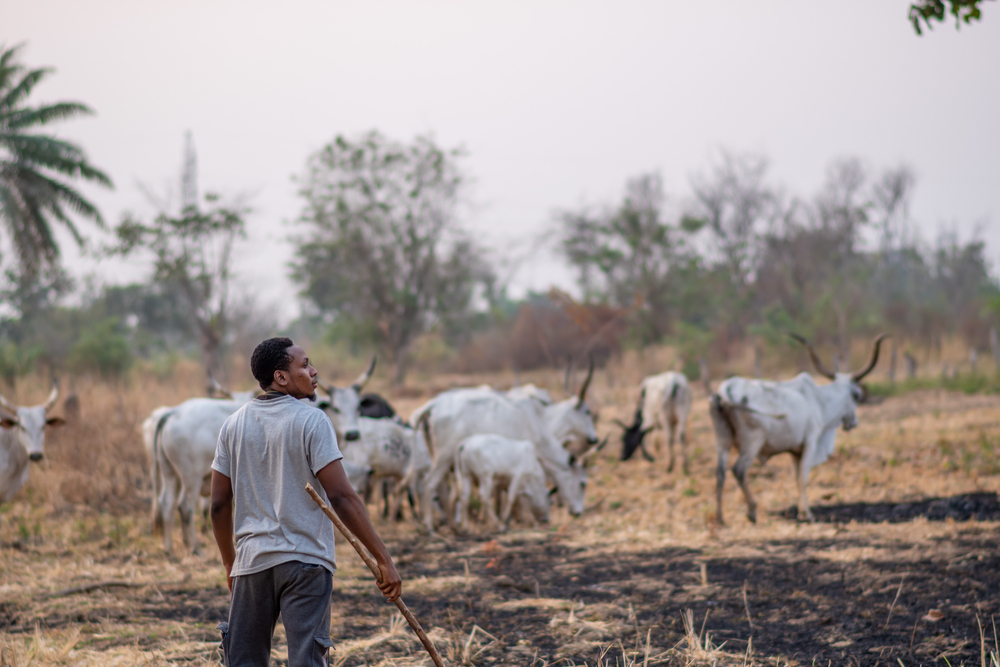
10 recommendations for antimicrobial prescribing in clinical settings
One Health Trust’s Dr. Geetanjali Kapoor and other experts in a multidisciplinary task force established by the Global Alliance for Infections in Surgery developed a position statement titled “WARNING,” or the “Worldwide Antimicrobial Resistance National/International Network Group.” The statement enumerates 10 “golden rules” or recommendations to optimize inpatient antibiotic prescribing, increase awareness of antimicrobial stewardship, and promote best practices to reduce antimicrobial resistance (AMR) in healthcare settings. [World Journal of Emergency Surgery]
Words related to AMR are less memorable and have lower risk perceptions than general health terms.
Two surveys assessing the word memorability and risk association of “antimicrobial resistance,” “AMR,” and other related terms found that the terms scored consistently low compared to other health and disease terms such as “heart disease” and “cancer.” Among the six AMR terms assessed, “AMR” and “drug-resistant infections” had the lowest and highest ratings, respectively, compared to the other terms across the two studies. AMR terms also scored consistently low in memorability rankings relative to non-AMR health terms. Furthermore, the study showed that the participant’s vocabulary range was the most consistent predictor of higher risk association with the terms “drug-resistant infections” and “antibiotic resistance,” highlighting the importance of developing terms that evoke an appropriate level of risk perception about AMR among the lay public. [Nature Communications Medicine]
Mass drug administration for hookworm control is more effective than school-based strategies in Vietnam.
A new cost-survey and cost-effectiveness analysis compared mass drug administration (MDA) to school-based targeted preventive chemotherapy (PC) for endemic soil-transmitted helminth (STH) control in Dak Lak province, Vietnam. In their simulations, the researchers found that the annual financial cost of implementing MDA would cost US$424,000 (95% CI: $345,000-$507,000) at $0.23 per person compared to $91,000 (95% CI: $70,000-$114,000) for school-based targeted PC at $0.32 per person. Over 10 years, MDA would avert an additional 121,465 hookworm-related disability-adjusted life-years (DALYs) compared to school-based targeted PC. Furthermore, MDA would reduce the overall prevalence of hookworm infections from 32.6 to 4.2 percent over 10 years compared to nearly unchanged levels of 31.4 percent under school-based targeted PC. [The Lancet Regional Health – Western Pacific]
Older febrile patients in Sudan were less likely to be co-infected with malaria and dengue than younger patients.
A cross-sectional study including 395 hospitalized patients with fever during the 2019 dengue transmission season (September-December) assessed the burden and risk factors associated with malaria and dengue co-infections in Kassala, eastern Sudan. The prevalence of malaria and dengue co-infection was 6.6 percent, with a lower likelihood for patients aged 41-60 compared to those aged 5-20 (OR = 0.3; 95% CI: 0.11-0.81). Patients co-infected with P. vivax malaria and dengue were more than twice as likely to experience joint and muscle pain than those with mono-infection (OR = 2.4; 95% CI: 1.10-5.39). A key limitation of this study is the lack of complete clinical data due to healthcare facilities’ limited resources for screening all febrile patients for malaria and/or dengue. [PLOS Neglected Tropical Diseases]
Limited access to novel diagnostics and treatment in low- and middle-income countries puts children at high risk for AMR infections.
A new report discusses the challenges faced by pediatric intensive care units (PICUs) in low- and middle-income countries, which are disproportionately burdened by rising AMR rates worldwide. The Chris Hani Baragwanath Academic Hospital in South Africa (CHBAH) has seen an emergence of multidrug-resistant Gram-negative bacteria, particularly K. pneumoniae and A. baumannii. Access to sophisticated laboratory techniques and newer medications is limited in many LMICs, so despite recent international guidelines, these countries often cannot initiate optimal pharmacological treatment of AMR infections in especially vulnerable populations, such as children and neonates. [Current Infectious Disease Reports]
Evaluating climatic risk factors for avian influenza virus incidence
Researchers conducted a longitudinal observational study of live bird markets (LBM) in Dhaka, Bangladesh, to investigate annual cyclic patterns of avian influenza virus (AIV) subtypes and the effect of climatic factors on the presence of AIV in LBM between January 2018 and March 2020. The overall prevalence of AIV across all time points and every LBM was 37.8 percent (95% CI: 33.3-42.2%). Notably, the researchers found that maximum temperature, minimum temperature, and relative humidity were negatively associated with the number of weekly cases of AIV and A/H5. Future efforts to reduce AIV contamination in live bird markets should incorporate environmental and climate surveillance as an early warning tool for novel strain emergence. [One Health]
Steps taken to tackle the re-emergence of anthrax in Nigeria
Less than a month after an anthrax outbreak in northern Ghana, in June 2023, anthrax, a zoonotic disease caused by the bacterium Bacillus anthracis, re-emerged in Nigeria. The index case in Nigeria’s outbreak was confirmed after mass deaths of cattle and sheep on a farm in Niger State. Investigation into the outbreak revealed that the owner strictly observed quarantine protocols following the purchase of new animals. Information on the infection start date and epidemiologic transmission are unknown. Although no human cases have been detected, the Anthrax Technical Working Group established in Nigeria worked towards creating a national anthrax emergency operations center. Well-developed control methods, along with improved surveillance of zoonoses, are needed to reduce the socioeconomic impact of anthrax on local farmers and to prevent spillover of the disease from animals to humans. [IJID One Health]
Climate variability increases the risk for water-related infectious diseases (WRIDs) in Pacific Island Countries and Territories (PICTs).
WRIDs such as cholera, typhoid, dengue, and malaria are caused by pathogens that can spread through water sources or via insect vectors that require water for their lifecycle. Climate and weather influence the reproduction and survival of WIRD pathogens and their vectors, as well as how humans interact with them; however, their impact varies across countries based on geography, WRID burden, and level of adaptive capacity. PICTs are particularly vulnerable due to their small size, isolation from larger economies, exposure to extreme weather, high natural disaster risk, and WIRD endemicity. Research and resources must be invested in WIRD control strategies and interventions such as early warning systems, disease forecasting, and risk mapping. [PLOS Climate]
Internally Displaced Persons (IDPs) have among the lowest childhood vaccination rates in Somalia.
African countries affected by conflict are home to the majority of children under five who have not received any vaccines. A study of childhood vaccination uptake in IDP camps in Mogadishu, Somalia, identified multiple barriers to vaccination, including lack of knowledge regarding different types of vaccines and schedules, fear of side effects, parental illiteracy, and inability to travel to the health clinic. At the system level, all studied health clinics experienced some degree of vaccine stock-outs and staffing shortages that impeded their ability to vaccinate children. Interventions that address multiple barriers simultaneously, including at the system, community, and interpersonal levels, are necessary to address the childhood vaccination gap. [BMC Public Health]
Surprise Soap hand washing intervention is no better than standard intervention.
Refugee settlements often experience overcrowding, compromised water and sanitation infrastructure, and limited healthcare, which increases the risk of disease amongst their inhabitants. Hand washing with soap (HWWS) reduces this risk. A cluster-randomized controlled equivalence trial conducted in a refugee camp in Sudan compared the effectiveness of two hand washing interventions: a standard intervention comprised of education on the health benefits of HWWS and demonstrations of proper technique with plain soap, and the same intervention with the use of Surprise Soap that had a toy embedded inside. The Surprise Soap intervention did not significantly increase hand washing among children ages five to 12. Considering both interventions increased HWWS by 36 percent, implementing the Surprise Soap intervention does not justify the additional cost. [BMJ Global Health]
Image from Shutterstock

